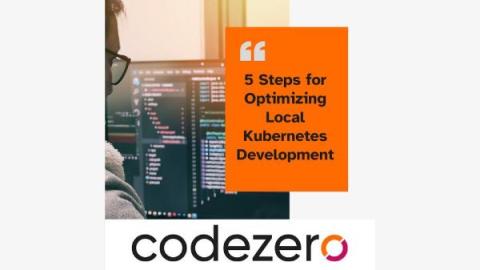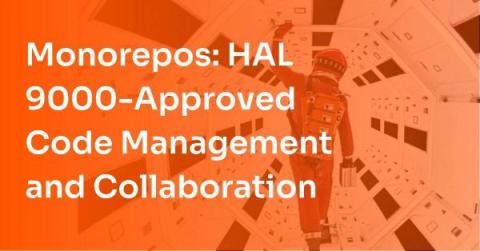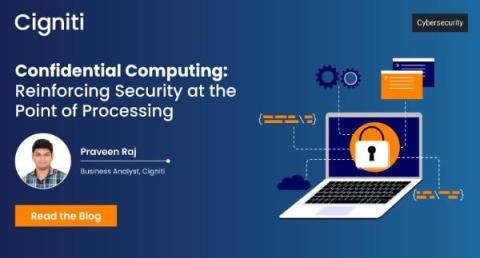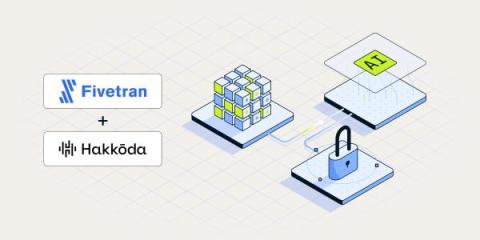5 Steps for Optimizing Local Kubernetes Development with Codezero
Developing microservices destined to run in Kubernetes presents a unique set of challenges. In this blog post, we’ll explore a new approach leveraging Codezero in order to enhance both productivity and security.











